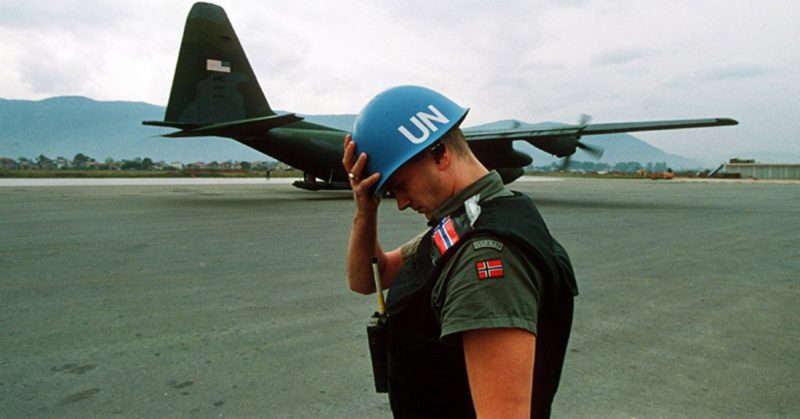When the Cold War came to an end in 1989, the Soviet Union collapsed. Most other Eastern European nations followed leading to general unrest and regime change in many and a civil war in one of them, Yugoslavia. This civil war was in the region of the former Yugoslavia known as Bosnia, where ethnic tensions resulted in a bloodbath that claimed many lives.
After WWII, Yugoslavia became a socialist dictatorship under President Josip Tito. Tito oversaw six main republics that made up the Socialist Federal Republic of Yugoslavia: Croatia, Macedonia, Montenegro, Serbia, Slovenia, and Bosnia and Herzegovina. His goal was to create a new communist regime, despite the opposition of the United States, the Soviet Union and most of Europe. He died in 1980 leaving the area rife with unrest.
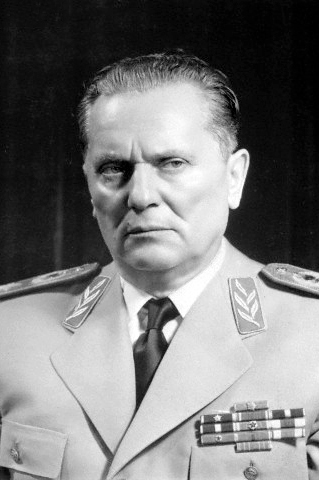
After Tito’s death, Yugoslavia started to slowly fall apart. When the Soviet Union collapsed, the country was in an advanced state of political and economic crisis. Slovenia and Croatia declared their independence in 1991. The remaining republics were then attacked, as a preventative measure by the Serb-dominated Yugoslav army.
War was formally declared, and the United Nations sought to find a way to intervene and put an end to this war, the first on European soil since the end of WWII. In so doing, Slovenia and Croatia were recognized as independent states in 1992. On the heels of these secessions, Bosnia declared its desire to secede. It would be met with great military resistance.
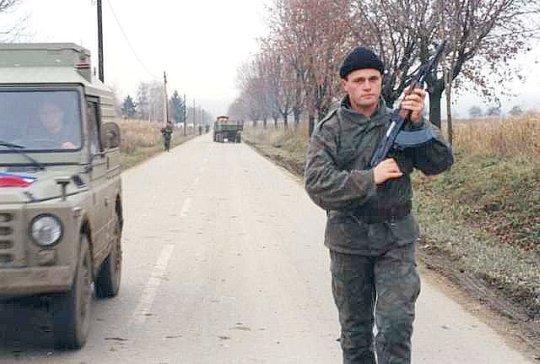
Not everyone in Bosnia wanted to be independent. There was a part of Bosnia that did not want to secede and instead wished to remain part of what remained of the Yugoslav Federation. Bosnia’s Serbian bloc resisted the independence movement and initiated what would become a civil war in Bosnia. This resistance was led by Radovan Karadzic and the Yugoslav army.
When Bosnia first declared its desire to become independent, the Serbs in Bosnia and nearby Croatia mobilized. They formed armed militias, taking weapons and ammunition from local military barracks. Additional weaponry would later be provided by the mother country, Serbia. The new republics of Croatia and Bosnia wanted to retain their territorial independence and stop the rebel Serbs.
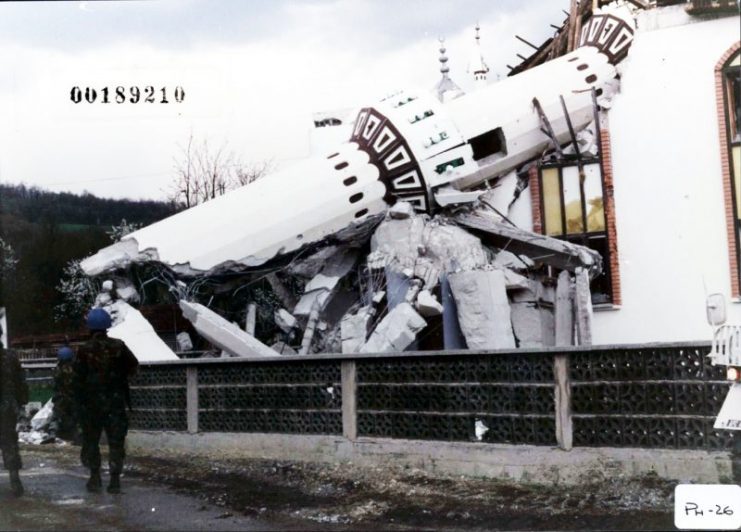
Given the divide within Bosnia – between those who favored independence and those who wanted to maintain the status quo – the Serbs and the Yugoslav army needed to find a way to gain support. One of the ways the resistance gained allegiance was by inciting ethnic nationalism and campaigning to create fear of other ethnicities. As the ethnic cleansing propaganda gained steam, Bosnian television and radio were flooded with programs and advertisements designed to scare the nation.
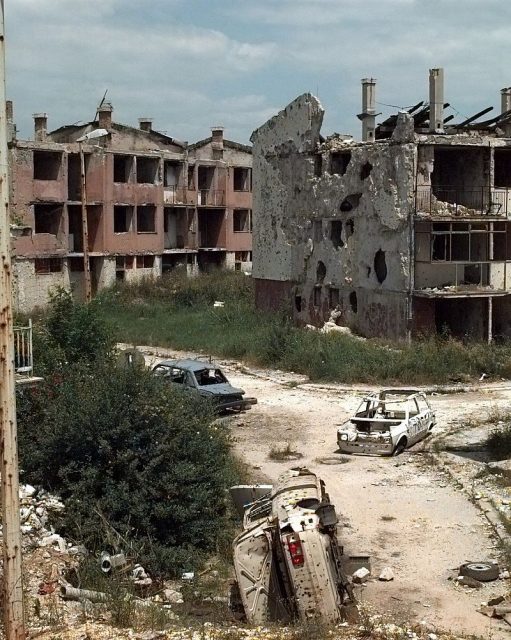
Many Serbs were convinced that if they allowed other ethnicities to somehow gain or remain in power, their children wouldn’t be able to go to school, they would lose their jobs or their homes. This was very similar to what Europe saw from Hitler in Germany prior to and during WWII.
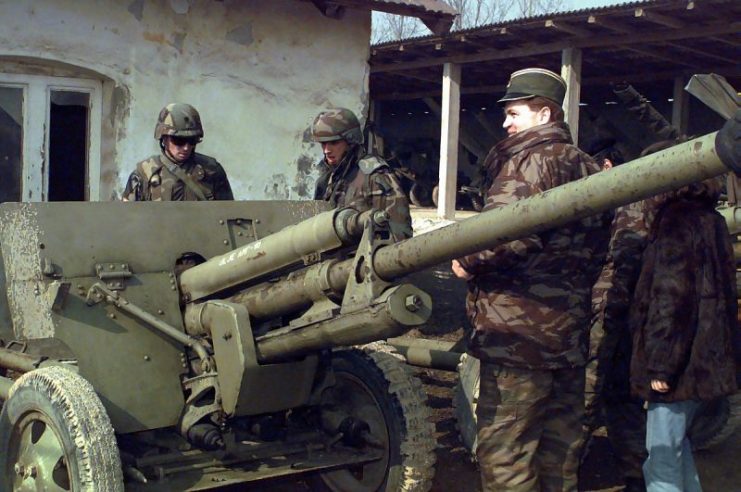
Given the propaganda being deployed by the Serbian bloc, outside countries, including the United States, and the UN feared what would happen if Bosnia was not to become independent, foreseeing genocide and atrocities not seen in Europe since WWII.
Therefore, the UN supported Bosnia’s independence. They had just seen the end of the Cold War and the fall of the Communist regime in Europe. The last thing they wanted to see was civil war led by a communist Yugoslavian army.
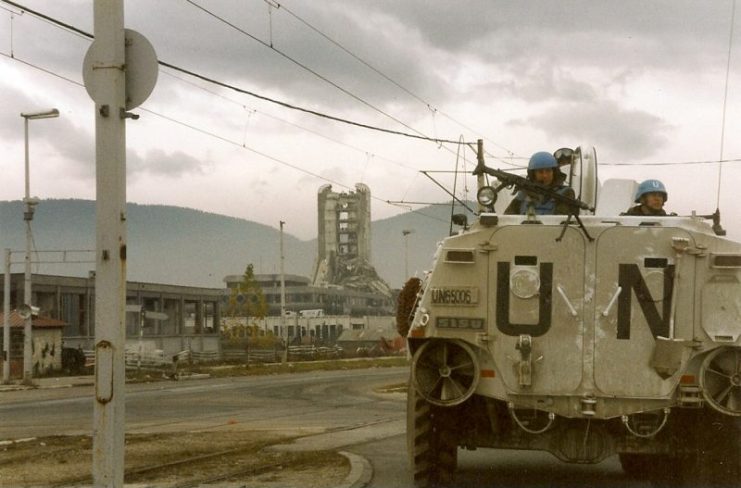
In April of 1992, the Yugoslav army, led by Karadzic, laid siege to Sarajevo. This was followed by the Srebrenica massacre in 1995 where 8,000 Muslims were killed in order to instill fear within the Muslim community of other ethnicities and religions. The United Nations was powerless.
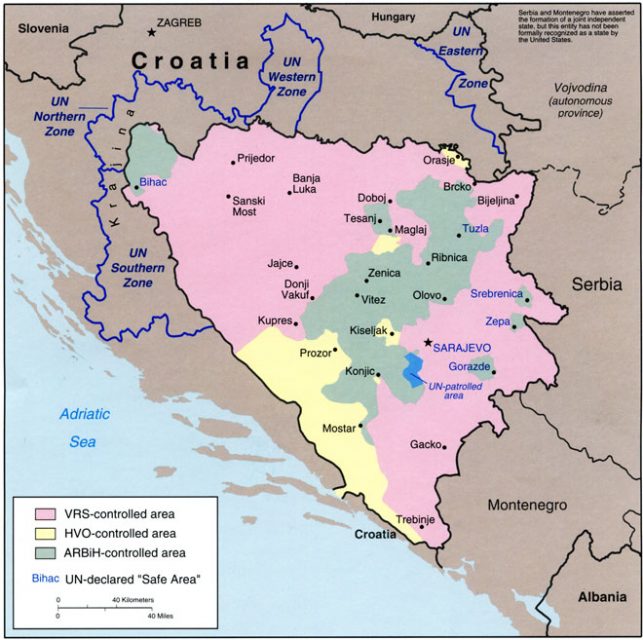
Without actually intervening with military force, they could do nothing but sit back and witness the atrocities that followed. Despite efforts by the UN, European nations, and the United States, the war continued for over four years. Over 100,000 were killed, and over 2 million were displaced.
